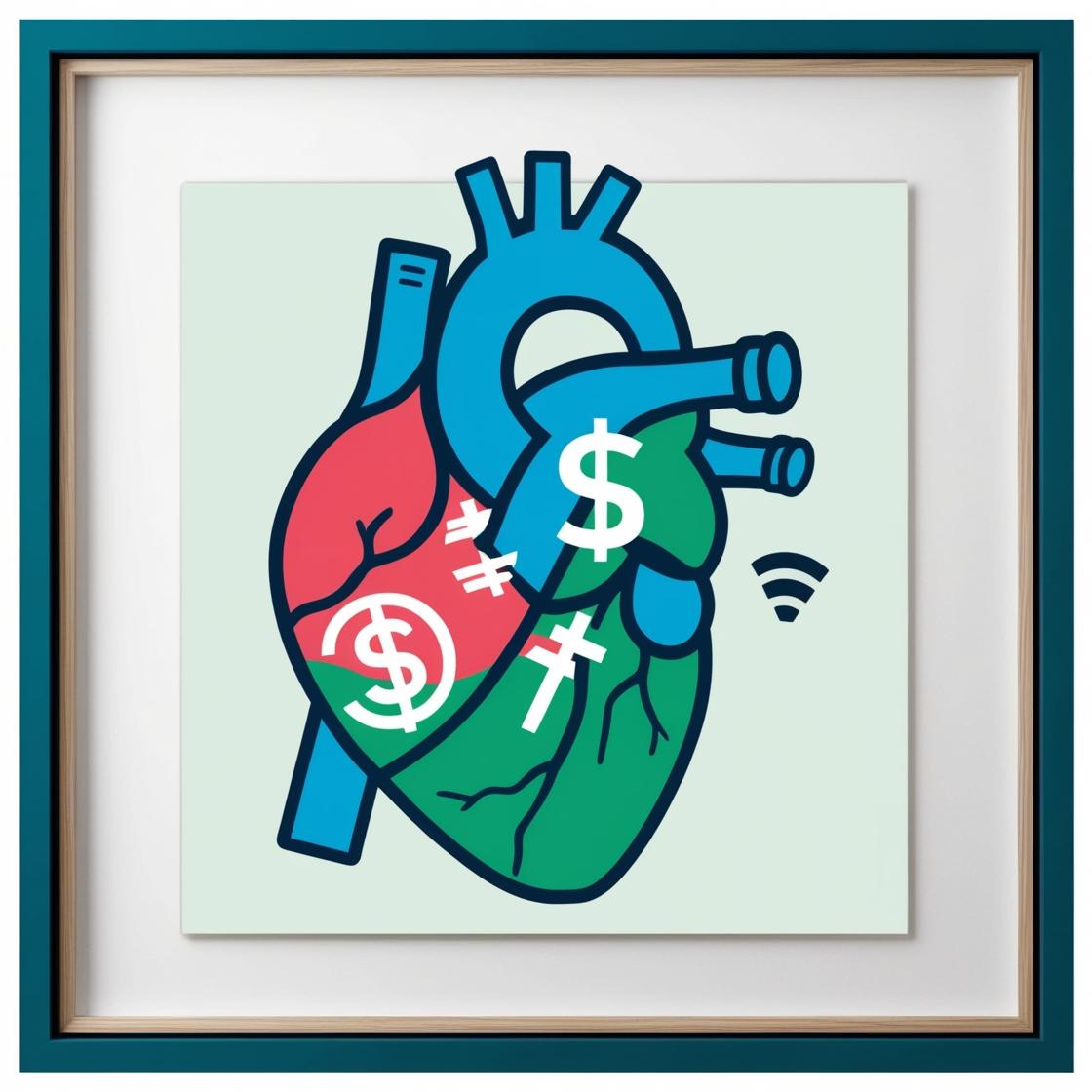
Harnessing Technology To Build A Healthier Future!
America has some of the most advanced medical technology in the world—yet its healthcare system is notoriously expensive, inefficient, and inaccessible. Every year, millions of Americans struggle to afford basic care, while hospitals and providers battle skyrocketing costs. Sure, cutting-edge treatments and high-tech interventions improve patient outcomes, but at what cost? And more importantly, who gets left behind?
Rising medical costs are fueled not just by inflation, but by expensive technology, costly medications, and growing provider wages. [1] Without serious innovation, the U.S. will continue to fall behind peer nations in life expectancy and overall health outcomes. [2]
So, what’s the solution? Smarter technology, not just more expensive technology. By leveraging tools like telehealth services and Care Operating Systems, we can save lives, reduce costs, and make high-quality healthcare accessible to more people.
In this post, we’ll dive into real-world examples of how health technology is cutting costs without cutting care—and why the future of healthcare depends on getting this balance right. Let’s explore what’s working, what’s next, and how these innovations can reshape American healthcare for the better.
A Brief History of Health Technology
One of the earliest health technologies, the Electronic Health Record (EHR), was first implemented at the Mayo Clinic in Rochester, Minnesota, in the 1960s. However, due to its high costs, widespread adoption was limited and required government collaboration. [3] It wasn’t until 2004 that the U.S. made a concerted push toward digital healthcare records. President George W. Bush appointed Dr. David Brailer, MD, PhD, as the nation’s first National Health Information Technology Coordinator, with the goal of achieving widespread interoperability of EHR systems by 2014. [4]
By 2013, under Dr. Brailer’s leadership, 40% of non-federal acute care hospitals and one-third of office-based physicians had adopted EHR systems. This success laid the foundation for further advancements in digital healthcare, including telehealth services, remote patient monitoring, and medical billing software. [5]
Over time, these innovations have not only improved patient care but also increased operational efficiencies, reducing overall healthcare costs while enhancing access to quality services. Numerous studies have explored the financial and clinical benefits of these technologies in hospitals, urgent care clinics, and other healthcare facilities.
What the Research Says: Telehealth Saves Lives and Reduces Costs
A 2016 study titled “Cost-Benefit Analysis of Telehealth in Pre-Hospital Care” evaluated the impact of the ETHAN telehealth system, which triages eligible patients who do not require emergency department transport. The study found that this system saved $928,113 annually for patients and providers in Houston, Texas. Using the study’s cost-saving formula, I developed a Telehealth Cost Savings Model to estimate the potential financial benefits at the state level. The results indicated that telehealth programs could reduce state healthcare expenditures by up to 16.22% annually, with states like Maine and Nevada experiencing savings of over 10%.
Similarly, a 2023 study, “Costs and Cardiovascular Benefits of a Fourth-Generation Synchronous Telehealth Program on Mortality and Cardiovascular Outcomes”, examined the impact of telehealth on patients with Atrial Fibrillation (AF)—a heart condition that causes irregular, rapid heartbeats. Patients in an advanced telehealth program had their biometric data monitored by nurses and on-call cardiologists 24/7. The results showed reduced mortality rates and lower stroke risk at a comparable cost to traditional care. [6]
These studies highlight the significant potential of telehealth systems to improve patient outcomes while reducing healthcare spending.
Recent Innovations: Care Operating Systems Enhance Efficiency and Patient Care
Inspired by operational advancements in manufacturing, nuclear energy, and commercial aviation, Care Operating Systems have emerged as a way to streamline provider workflows and enhance care delivery. These systems use clinician feedback to develop automated, structured workflows, reducing administrative burdens and allowing providers to focus on patient care. [7]
For example, Jefferson Health’s Abington Hospital (Pennsylvania) implemented the OnPoint Care Operating System to reduce safety incidents and improve patient engagement. Similarly, Prisma Health (South Carolina) and the Greater Baltimore Medical Center (Maryland) have adopted Care Operating Systems to enhance efficiency and lower costs. By reducing operational inefficiencies, these systems help lower provider expenses, enhance patient experiences, and ultimately improve healthcare delivery. [8]
Challenges and Considerations for Widespread Adoption
While health technologies offer substantial benefits, they also come with challenges:
Addressing these challenges requires improving the implementation process, conducting more studies on financial and patient benefits, and securing additional funding to support technological adoption.
Final Thoughts: Investing in Smarter Healthcare Solutions
While medical technology innovations often drive up costs, other technologies can reduce operational overhead and improve care quality while maintaining or lowering overall expenditures. By investing in cost-effective solutions like telehealth and Care Operating Systems, the healthcare industry can expand access, improve patient outcomes, and reduce financial burdens on both providers and patients.
These innovations have the potential to revolutionize U.S. healthcare, making high-quality care accessible to those who need it most. Now is the time to prioritize scalable, efficient solutions that enhance care without inflating costs.